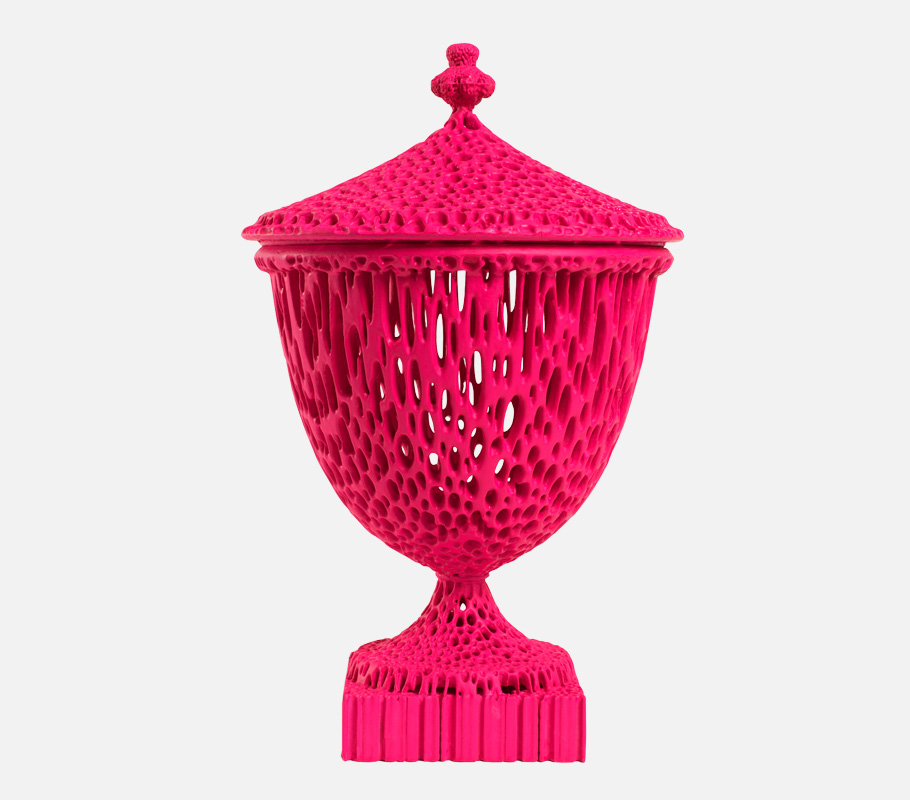As a gallery assistant at Affinity Gallery, I often have the opportunity to engage in discussion with visitors or artisans about the current exhibit. Occasionally, the conversation turns to the definition of “craft.” Some visitors are confused or dismissive of some “non-craft” media which the Saskatchewan Craft Council accepts submission of, such as photography, printmaking, and painting. Others are excited by this more contemporary inclusion. This has not always been so: prior to the mid-1980’s photography, painting and printmaking were not recognized by the SCC. Since then, however, the boundaries defining Fine Craft and Fine Art have become blurred, as the requirements for what is to be considered “craft” become less about the medium or technique itself and more about the artistic endeavor.
Many individuals, artists and non-artists alike, have differing views of what encompasses Fine Craft versus Fine Art. The argument that I find most conversations tend to scrape down to is the comparison of “form” and “function.” This is a traditional distinction between Fine Craft and Fine Art, and one which I think tends not to apply so strictly in contemporary practices. In the case of form and function we see more and more that fine craft magazines, galleries, and councils accept works which seem to emphasize form over function: this is contrary to traditional models which focused on fine craft as functional, technical, quality work.
 |
| What makes something Fine Craft? Media or functionality? When does craft become sculpture, and in what sense? Wedgwoodn’t Tureen, Michael Eden, 2010 |
If you have an inquiring mind for the more traditional philosophy of aesthetics, check out this summation of R.G. Collingwood’s Aesthetics or John Dewey’s Art as Experience